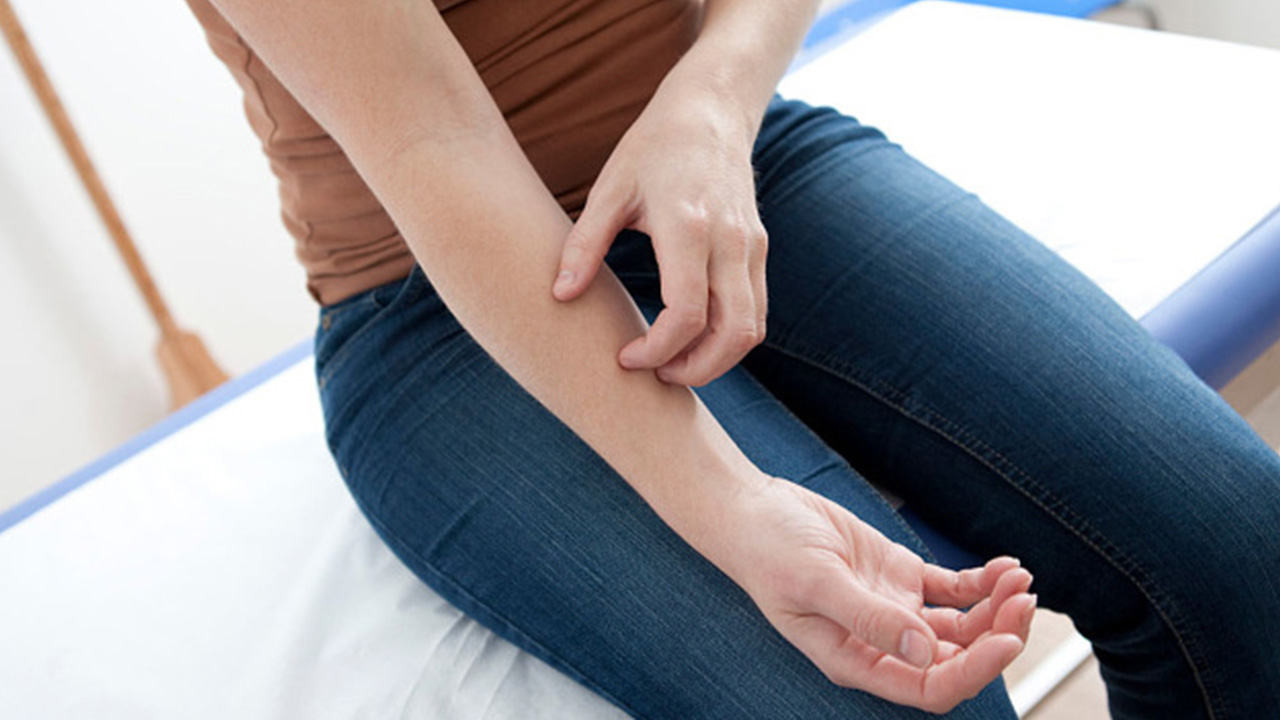Causes, Risk Factors, And Complications Of Polymyositis
Polymyositis is an uncommon inflammatory disease that leads to muscle weakness in both sides of the body. If individuals have this condition, they may have trouble getting out of chairs, climbing stairs, reaching overhead, or lifting objects. The most commonly affected age groups are adults between thirty and fifty-nine years old. Polymyositis develops more commonly in black individuals than in white individuals, and women are more likely to be affected than men. The symptoms tend to develop on a gradual basis over weeks or months. While the condition doesn't have a cure, treatment can help with muscle functioning and strength. Individuals should always see a doctor if they have unexplained muscle weakness. Polymyositis typically causes weakness in the hips, neck, upper arms, shoulders, and thighs.
Get familiar with the causes, risk factors, and complications linked to polymyositis now.
Scleroderma

Polymyositis shares many symptoms with autoimmune diseases. An individual's risk of developing the condition becomes higher if they have scleroderma, a connective tissue autoimmune disease. The most visible way this disease manifests is through hardening of the skin. In the past, scleroderma has been called a progressive disease, though in recent years, researchers have discovered the condition isn't always progressive. Some patients experience a progression in their symptoms, while others have fairly stagnant symptoms.
Scleroderma is a chronic condition with multiple potential complications, polymyositis being just one of them. Some individuals experience only mild symptoms, while others have more serious issues. Around 300,000 individuals in the United States have scleroderma, though it's possible more cases are undiagnosed or misdiagnosed. About one-third of known cases involve systemic scleroderma, which affects multiple systems throughout the body and can be progressive. Children are more likely to have localized scleroderma, which is confined to one part of the body. About four times as many women have scleroderma as men.
Read more about the risk factors linked to polymyositis now.